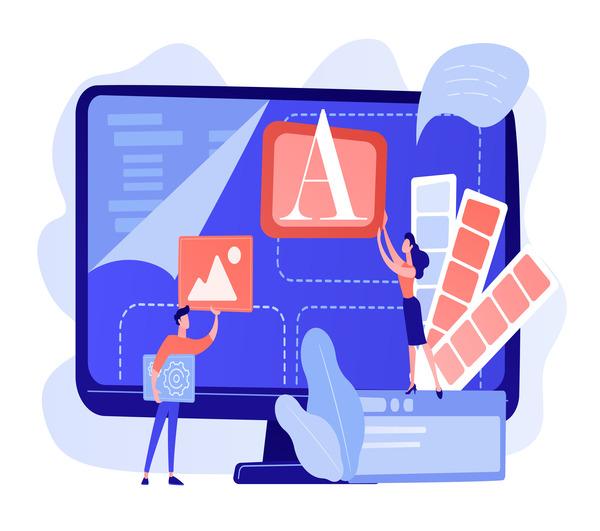
“One thing constant about businesses is that it’s always changing.” The hyper-competitive business world can be a challenge for many businesses. Large companies are always looking to produce better products and introduce more straightforward internal procedures while reducing costs, employees’ needs, customers’ evolving needs, and world economy fluctuations. Businesses require robust backend support to be better providers to survive in a dynamic economy.
Successful enterprises know when to bend, pivot, and change to accommodate forces more powerful than themselves, a process that requires business agility. Business agility can be used to adjust to market changes in addition to internal business changes.
To accommodate changing business needs, low code/no code applications provide great assistance. Such apps are designed to replace legacy and ad hoc software while fostering agility across many business contexts. Agile businesses in dynamic environments are always looking for ways to increase productivity and tend to follow and latch on to tools that are available, efficient, memorable, and have great utility.
Low code/no code applications have been around for quite some time
Even though the concept has really taken off in recent years, businesses have been relying on low code/no code applications for quite some time now. A rudimentary example of low code/no code application is a basic Excel spreadsheet with macros and/or formulas. Business professionals have created millions of low-code applications without even knowing what they are or their greater potential if made with the right set of tools. 90% of the low code/ no code applications are made on Excel, SharePoint, Lotus Notes, etc.
Even though these legacy solutions served their purpose for some time, they seem to be limited in use by multiple people and they possess data integrity issues. The structural integrity Issues of these apps make the data less trustworthy and usable. Also traditionally, sharing capabilities of these sheets and applications have been limited. As a result, there may exist many instances and versions of a solution or many different solutions serving the same function.
Microsoft PowerApps along with other components of the “Power Platform” provides a set of specialized tools that can be used in these business situations. These tools provide a platform to make much more integral systems that deeply benefit agile businesses that are always looking for a quick and seamless way to manage procedures.
Transition to “modern” standardized solutions
Even though different groups of people in an organization are often working on the same data set, business managers have to rely on a variety of apps across several platforms that may or may not be connected. Consolidating business data becomes much simpler with the use of a low-code application that would gather the data automatically with little user input, resulting in a quicker, more standardized manner to manage organizational activities. With reduced time, costs, efforts, and faster decision making, businesses can move towards a more agile management. Moreover, businesses now don’t have to make do with multiple versions of the same information.
Moving away from outdated tools and toward more current, dependable, and accessible software is a major advantage of low code, no code apps. Converting a legacy system into a modernized infrastructure can help decrease IT expenses and enhance agility, interaction, and uniformity across the organization. Modern low code/ no code tools like Microsoft PowerApps can replace, augment, or supplement your key legacy systems and applications, whether the purpose is to update a few important business processes or entirely rebuild procedures across the business. For instance, businesses relying on sunset software like MS Access or Lotus notes would experience a great boost in productivity when they move on to modern solutions with low code/no code solutions. By replacing legacy tools, businesses can implement the best solution to replace all existing applications throughout their organization.
Simplified quick development applications
When businesses use low code/no code application platforms like PowerApps, users get the ability to develop quick applications that can serve multiple purposes. Moreover, with the autonomy to make the applications, businesses can get solutions that are credible, reliable, and have longevity with the further scope of new applications. Older solutions like MS Access, Excel, etc. need detailed technical knowledge to make the solution. Moreover, these sunset solutions still don’t solve all the problems that need to be addressed. This is where low code development platforms shine; they are quick to develop, require basic development skills and turn to reliable solutions that are easy to learn and memorize.
Many businesses are still using legacy applications due to their affinity with old vendors whom they don’t want to let go of and are not fully aware of modern alternatives. Business applications have evolved to include all types of users and focus on utility, not on development skills. This has led to the rapid adoption of low code solutions that are the need of agile businesses today. As the business environment is dynamic in nature, companies need solutions that can bring standardization, modernize their existing solutions, and are quick & simple to develop, which thankfully these platforms ‘excel’ at.
- The article is authored by Dharmesh Godha, CTO & President, Advaiya
Image Source: Freepik

 In
In
Add new comment